10 Best Herbal Baths For Hyperpigmentation

Herbal baths for hyperpigmentation involve the use of natural herbs known for their skin-lightening and anti-inflammatory properties, such as turmeric, chamomile, and licorice root.
These herbs can be steeped in warm water to create a soothing bath that helps reduce dark spots and even out skin tone. Regular use of herbal baths can promote circulation and gently exfoliate the skin, aiding in the removal of dead skin cells that contribute to pigmentation. Many individuals find these baths to be a safe and holistic alternative to chemical treatments, offering a calming and relaxing experience.
However, it is important to patch test herbs to avoid allergic reactions and consult a dermatologist for severe or persistent hyperpigmentation.
FREE Herb Drying Checklist
How to make sure every batch retains maximum flavor, color, and aroma without the risk of mold or over-drying. Eliminate guesswork and trial-and-error, making herb drying faster, easier, and more efficient every time.
Table of Contents
1. Curcuma longa
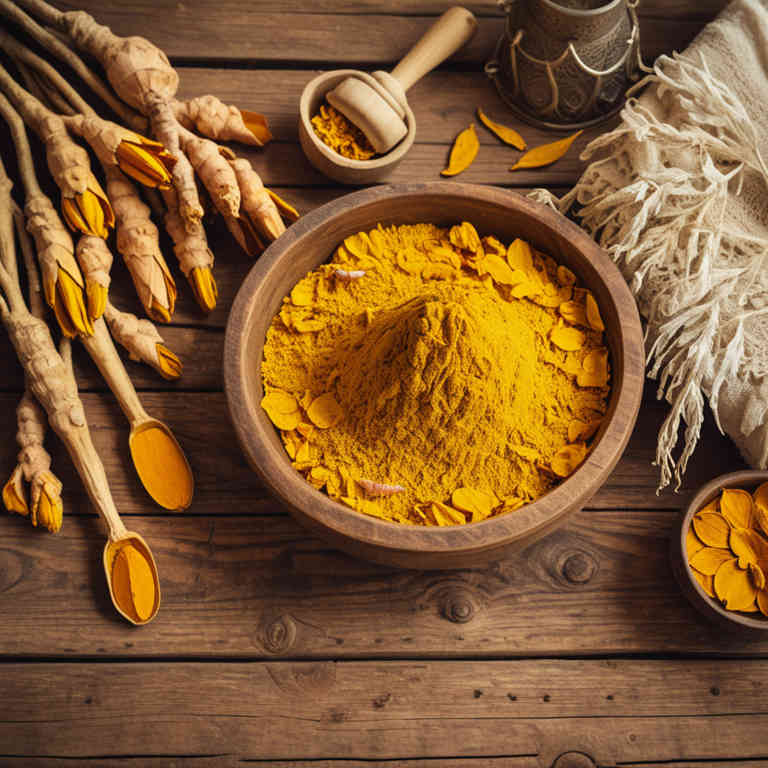
Curcuma longa, commonly known as turmeric, has been traditionally used for its anti-inflammatory and antioxidant properties, making it a valuable ingredient in herbal baths for addressing hyperpigmentation.
When added to bath water, curcuma longa helps to gently exfoliate the skin and promote cell turnover, which can reduce the appearance of dark spots and uneven skin tone. The active compound curcumin in turmeric has been shown to inhibit melanin production, offering a natural alternative to chemical treatments for hyperpigmentation. However, it is important to use turmeric in moderation to avoid skin irritation, as it can be staining and may cause allergic reactions in some individuals.
Incorporating a turmeric bath into a regular skincare routine can complement other treatments and support a more even, radiant complexion over time.
2. Aloe barbadensis
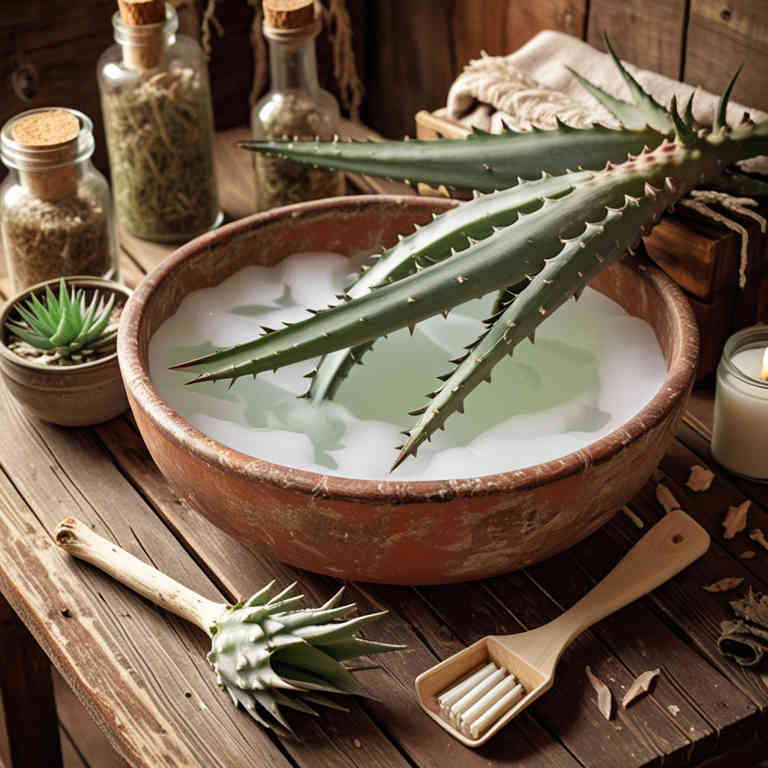
Aloe barbadensis, commonly known as aloe vera, is widely used in herbal baths for its soothing and healing properties, particularly in addressing hyperpigmentation.
The gel extracted from the aloe plant contains antioxidants, vitamins, and enzymes that help reduce melanin production and even out skin tone. When used in a bath, aloe vera can penetrate the skin to gently exfoliate and brighten the complexion, making it an effective natural remedy for dark spots and sun damage. Its anti-inflammatory properties also help calm irritated skin, promoting faster recovery and reducing the appearance of uneven pigmentation.
Regular use of aloe barbadensis in baths can support overall skin health and contribute to a more radiant, evenly toned appearance.
3. Silybum marianum
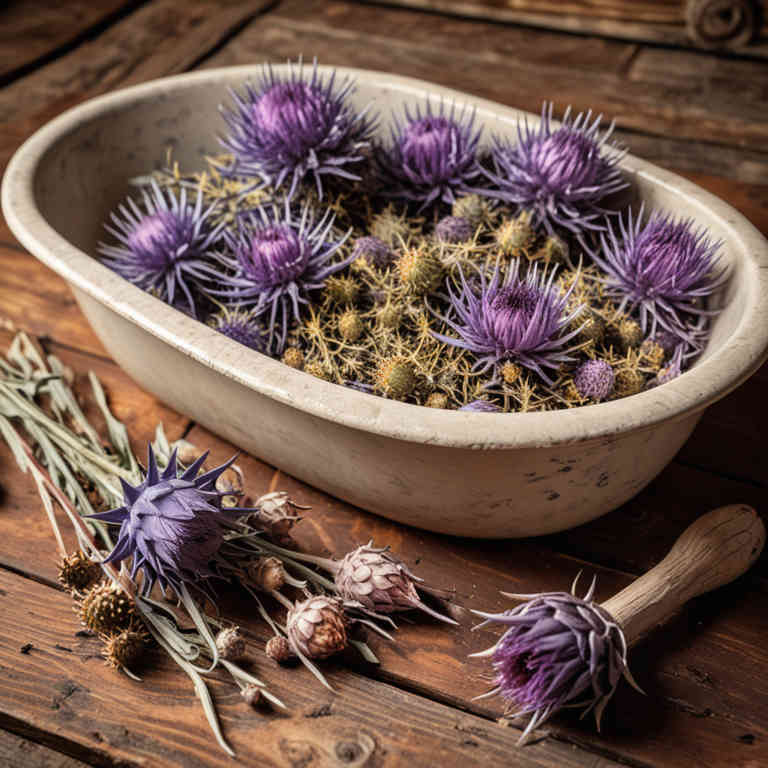
Silybum marianum, also known as milk thistle, is a herbal remedy that has been traditionally used for its potential skin benefits, including the treatment of hyperpigmentation.
When incorporated into herbal baths, the active compounds in silybum marianum, such as silymarin, may help to reduce the production of melanin and promote skin renewal. These baths are believed to work by gently exfoliating the skin and enhancing its natural healing processes. The anti-inflammatory and antioxidant properties of silybum marianum can also help to soothe irritated skin and prevent further darkening of pigmented areas.
While more research is needed, some users report improved skin tone and reduced discoloration after regular use of silybum marianum herbal baths.
4. Rosa canina
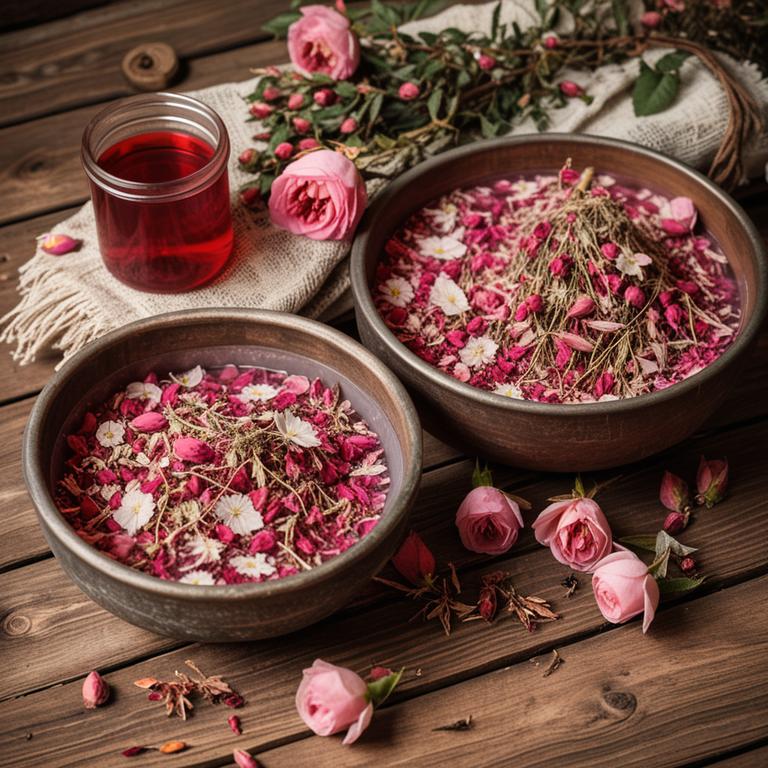
Rosa canina, also known as rosehip, is a potent herbal remedy often used in baths to address hyperpigmentation due to its high concentration of essential fatty acids, vitamins C and E, and antioxidants.
These components help to reduce inflammation and promote skin healing, which can fade dark spots and even out skin tone. When used in herbal baths, rosehip oil or rosehip extract can be added to warm water to create a soothing and nourishing treatment for the skin. Regular use of rosa canina baths may support the skin's natural renewal process, enhancing overall skin clarity and brightness.
However, it is advisable to patch test and consult with a dermatologist before incorporating this treatment into a skincare routine, especially for those with sensitive skin.
5. Centella asiatica
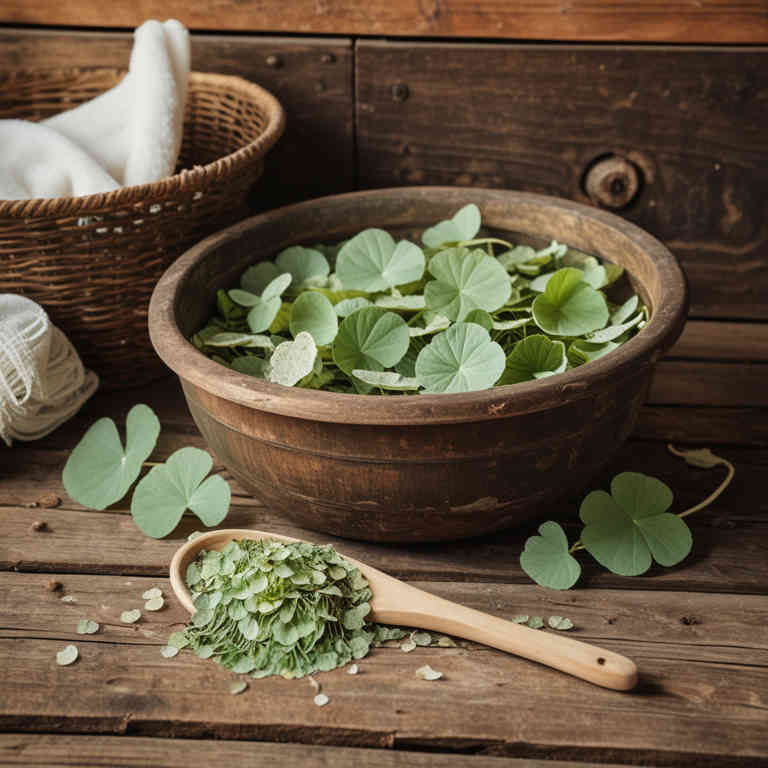
Centella asiatica, also known as gotu kola, is a traditional herb widely used in herbal baths for its skin-benefiting properties, particularly for reducing hyperpigmentation.
The active compounds in centella asiatica, such as asiatic acid and madecassol, help in promoting collagen synthesis and skin repair, which can fade dark spots and even out skin tone. When used in herbal baths, centella asiatica can soothe inflammation and enhance skin renewal, making it beneficial for conditions like melasma and post-inflammatory hyperpigmentation. Regular use of centella asiatica baths may lead to a more radiant and evenly toned complexion over time.
However, it is important to perform a patch test and consult a dermatologist to ensure it is suitable for your skin type.
6. Vitex agnus-castus
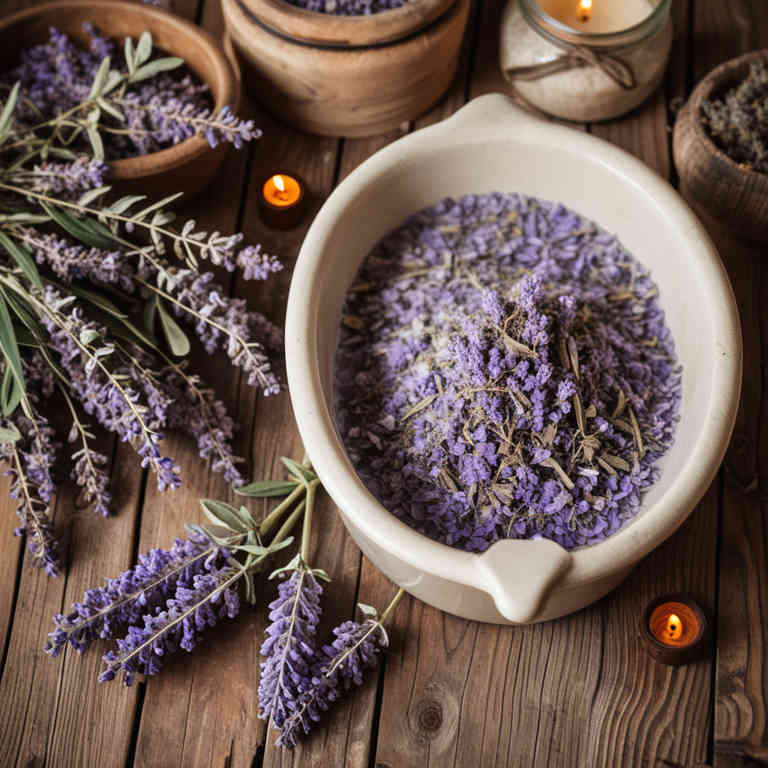
Vitex agnus-castus, commonly known as chasteberry, has been traditionally used in herbal medicine for its potential skin benefits, including its role in addressing hyperpigmentation.
When incorporated into herbal baths, vitex may help regulate hormonal imbalances that contribute to conditions like melasma and post-inflammatory hyperpigmentation. The plant contains compounds such as flavonoids and phytoestrogens, which may support skin health and reduce excess melanin production. To prepare a vitex herbal bath, steep the dried herb in hot water for several hours and then add it to warm bath water.
Regular use of such baths may offer a natural, soothing approach to managing hyperpigmentation while promoting overall skin clarity and balance.
7. Lavandula angustifolia

Lavandula angustifolia, commonly known as English lavender, is often used in herbal baths to address hyperpigmentation due to its anti-inflammatory and antioxidant properties.
When infused into bath water, lavender helps soothe the skin and may reduce the appearance of dark spots by inhibiting melanin production. The calming scent of lavender also promotes relaxation, enhancing the overall therapeutic benefits of the bath. Regular use of lavender-infused baths can help brighten the skin tone and improve the texture of hyperpigmented areas.
However, it is advisable to consult a dermatologist before incorporating lavender baths into a skincare routine, especially for severe or persistent hyperpigmentation.
8. Matricaria chamomilla
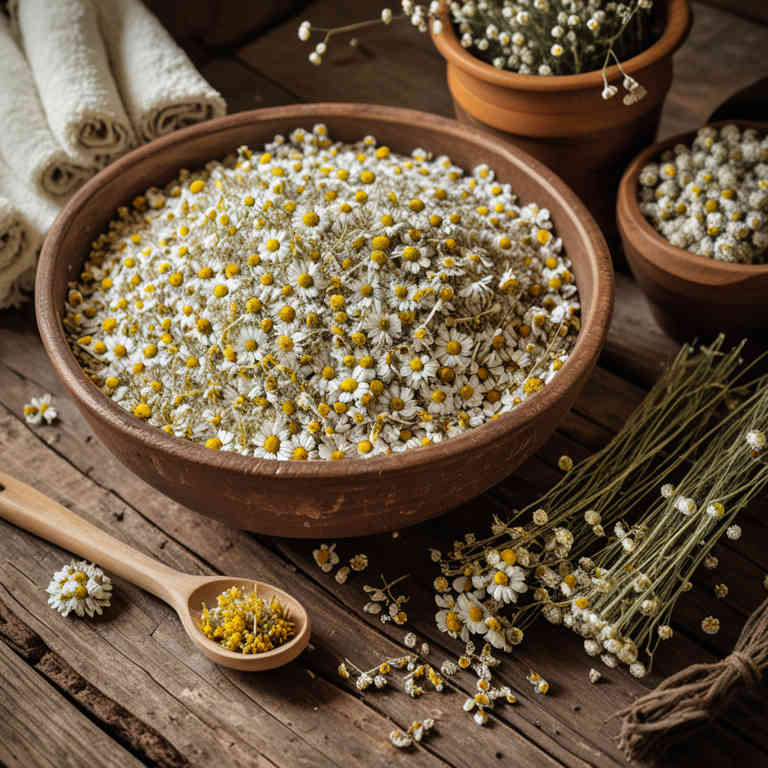
Matricaria chamomilla, commonly known as chamomile, is a popular herb used in herbal baths for its soothing and anti-inflammatory properties.
When infused into bath water, chamomile can help reduce skin irritation and promote a calming effect, which may aid in the treatment of hyperpigmentation by minimizing redness and inflammation that contribute to dark spots. Its antioxidant properties help neutralize free radicals, supporting skin healing and potentially preventing further pigmentation. Chamomile baths are generally safe for most skin types and can be used as part of a holistic approach to address hyperpigmentation.
Regular use of chamomile-infused baths may enhance overall skin tone uniformity and support the skin's natural renewal process.
9. Salvia officinalis

Salvia officinalis, commonly known as sage, has been traditionally used in herbal baths for its potential benefits in addressing hyperpigmentation.
The plant contains compounds like rosmarinic acid and flavonoids, which may help reduce melanin production and inhibit the activity of enzymes involved in pigmentation. When infused into bath water, sage can soothe the skin and promote a gentle exfoliation, aiding in the fading of dark spots and uneven skin tone. Its anti-inflammatory and antioxidant properties may also support overall skin health, making it a natural remedy for those seeking to lighten hyperpigmented areas.
However, it is advisable to perform a patch test and consult with a dermatologist before incorporating sage baths into a skincare routine.
10. Hypericum perforatum

Hypericum perforatum, commonly known as St. John's Wort, has been traditionally used in herbal baths to address hyperpigmentation due to its anti-inflammatory and antioxidant properties.
When infused into bath water, the active compounds in St. John's Wort, such as hypericin and hyperforin, may help reduce melanin production and soothe skin irritation associated with dark spots. These baths are often recommended for individuals with conditions like melasma or post-inflammatory hyperpigmentation, as they can promote skin renewal and even tone. However, it is important to use caution, as St. John's Wort can interact with certain medications and may cause photosensitivity.
For best results, it is advisable to consult a healthcare professional before incorporating this herbal remedy into a skincare routine.